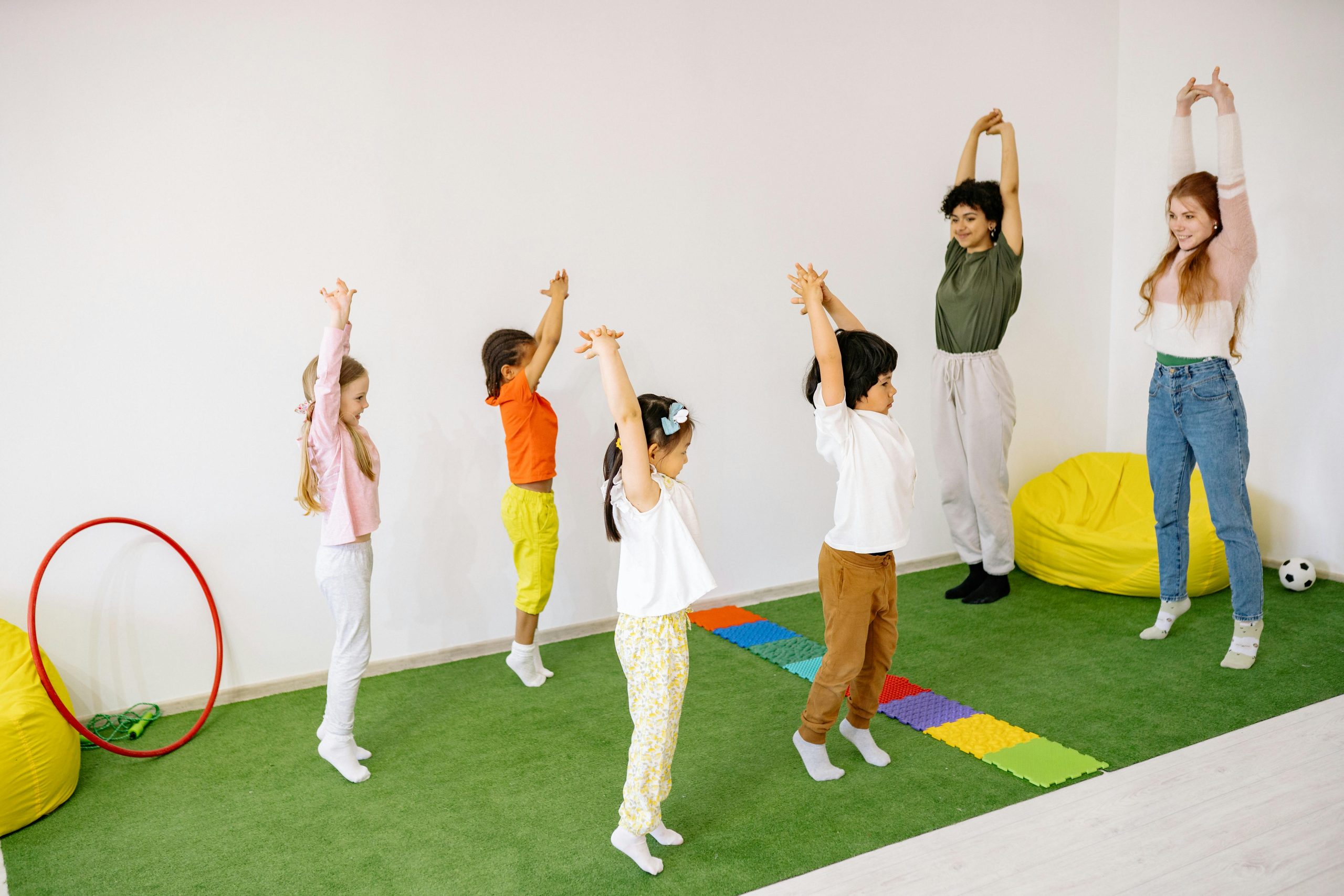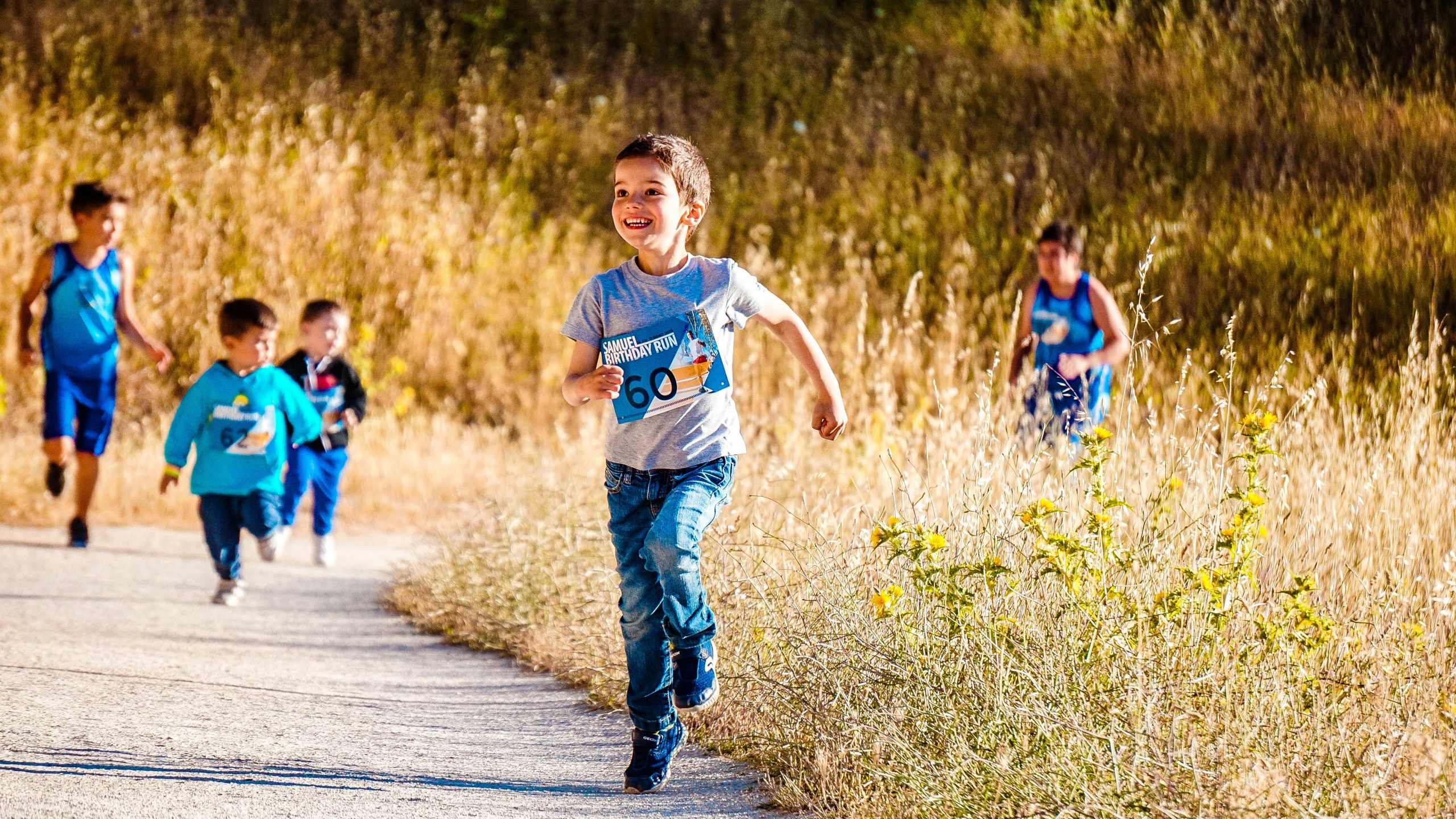An Overview of the Benefits of Childhood Exercise

Alarming developments in Australia’s child population’s physical activity levels are concerning since fewer and fewer youngsters are participating in regular exercise. This change affects not just their physical growth but also their mental and emotional health. Their level of exercise mainly shapes a child’s health. It helps them grow strong bones, muscles, and joints, psychological resilience, and emotional stability. From an early age, children who engage in regular physical activity lay the groundwork for healthy habits that last a lifetime. It’s not just about moving; it’s about building a better future for them. Encouraging a positive outlook on exercise early on helps kindle a passion for physical activity and ensures that these healthy habits are carried into adulthood. Let’s include movement into their everyday life and make it a part of their story so they can develop, learn, and thrive.
Knowing the Reasons Why Kids Don’t Exercise

Despite the apparent advantages, many kids find it challenging to fit exercise into their daily schedules. The first step in removing these obstacles is realising they exist.
Typical Barriers
- In the modern digital age, children spend more time in front of screens, with television, video games, and social media being the main sources of leisure time.
- Complicating matters, hectic family schedules leave little time for exercise.
- Kids who don’t like traditional sports may not be as motivated to exercise.
Psychological Difficulties
- Significant barriers might also be posed by a lack of confidence and a fear of failing.
- Children may not even attempt to participate in physical activities due to anxiety about not being good enough or the shame of losing.
- It is essential to Create a welcoming atmosphere that promotes attempting, regardless of the result, is necessary.
Climatic Variables
- There are unique difficulties associated with urban living, such as the scarcity of secure green areas where kids can play and get exercise.
- Outdoor activities may be restricted due to safety concerns, especially in places with high population density.
- The provision of facilities or programs can significantly influence the willingness of children to engage in physical activity customised to suit their interests and skills.
By comprehending and removing these obstacles, we can create the conditions for a generation that is healthier and more active. Fostering a healthy attitude toward exercise requires supporting children in overcoming these challenges with the help of their families and communities. Together, let’s design spaces that encourage and inspire our kids to exercise more, laying the groundwork for a lifetime of health and well-being.
The Influence of Parents and Caretakers on Perceptions of Exercise

In particular, when it comes to exercise, parents and other caregivers significantly impact children’s attitudes and behaviours. By setting an example, they can encourage a lifetime commitment to physical activity. Youngsters are more likely to imitate their parents’ behaviours when they witness them enjoying, prioritising, and actively engaging in physical activity. It’s a potent, silent reminder of the importance of being active.
Establishing a nurturing atmosphere is equally important. Always emphasise encouragement rather than pressure to help people appreciate moving rather than see it as a duty. Praise for effort over accomplishment helps kids connect exercise with good emotions, which lessens the participation-stifling fear of failure.
Workable Methods for Busy Families
- Take walks together after supper, make tasks around the house an exciting game, or spend the weekends exploring neighbourhood parks. These pursuits not only improve physical well-being but also bolster familial ties.
- Resources like the Australian Government’s Department of Health workout regulations provide insightful commentary and advice.
- Furthermore, school initiatives and community sports programs offer formal chances for kids to participate in physical activities they enjoy, catering to interests beyond traditional team sports.
The ultimate objective is to incorporate exercise into a child’s daily routine in a way that feels natural and pleasurable. By using these measures, parents and other caregivers can provide the foundation for active, healthy lifestyles that last far into adulthood.
Adding Interest and Fun to Exercise

Adapting exercises to a child’s age and interests is the first step in transforming exercise into an exciting adventure. Finding the ideal balance between what appeals to them and what is physically appropriate is vital. With this method, they may make exercise feel more like an enjoyable part of their day rather than a job.
One cannot undervalue the power of play. While controlled play offers a sense of accomplishment and advancement, unstructured activities allow freedom and inspire creativity and imagination. Both types are vital because they combine goal-oriented activities with spontaneity to make exercise exciting and varied.
Step inside the realm of gamification and technology, where enjoyment and fitness collide in the digital era. Activity-promoting apps and gadgets make every hop, skip, and run into a game with levels and prizes. Play and technology together create a motivating and progress-tracking hybrid that makes working out a pleasurable and fulfilling part of everyday life.
By adopting these techniques, we may change exercise from a tedious chore to an exciting activity that a youngster looks forward to. It’s about setting the stage for a healthier and happier generation by fostering an atmosphere in which moving is a pleasure rather than a chore.
In Conclusion
Exercise shapes a child’s future happiness and health. It weaves resilience and happiness into the fabric of their everyday existence. Breaking over obstacles and embracing enjoyable, stimulating activities cultivates a lifetime love of activity. Children are empowered to thrive on this journey with the help of their parents, technology, and inclusive strategies. Let’s encourage our kids to walk more so that future generations will be healthy.
Encouraging Positive Attitudes Towards Exercise in Children FAQs
Yes, technology can be a valuable tool in encouraging exercise through interactive games and apps that promote physical activity. Devices like fitness trackers can also motivate children by setting goals and tracking their progress. However, it’s important to balance screen time with physical activity to ensure a healthy lifestyle.
Leading by example is powerful, but you can also encourage your child by showing interest in their activities and offering to participate or learn together. You can support them by providing opportunities for physical activity that they enjoy, even if it means exploring outside your comfort zone. It’s also beneficial to educate yourself and your child about the benefits of exercise together.
Making exercise fun for your child involves incorporating games and activities they enjoy. By turning physical activity into a game, children are more likely to engage and look forward to it. It’s important to vary the activities to keep their interest high and prevent boredom.
Schools can contribute by integrating physical education into the curriculum and providing a variety of sports and activities. Encouraging participation in extracurricular sports and creating a supportive environment for all skill levels promotes inclusivity. Schools can also educate students on the benefits of exercise as part of a healthy lifestyle.
Understanding the reason behind the resistance is the first step, as it can vary from lack of interest to feeling self-conscious. Offering choices and control over what activities they do can help them feel more invested. Encouraging them with positive reinforcement and making exercise a family activity can also reduce resistance.
Children should aim for at least 60 minutes of moderate to vigorous physical activity each day. This can include a mix of cardiovascular, strength-building, and flexibility exercises. Breaking it down into shorter sessions throughout the day can make it more manageable and enjoyable for them.
Regular exercise improves physical health, enhances mood, and boosts academic performance. It helps in building stronger bones and muscles, controlling weight, and reducing symptoms of anxiety and depression. Additionally, it can improve concentration and sleep patterns, contributing to better school performance.
Encouraging physical activity doesn’t have to involve team sports; solitary activities like swimming, cycling, or martial arts can be equally beneficial. These activities can help build self-discipline, improve focus, and offer a sense of achievement. It’s important to support your child’s preferences and encourage them to set personal goals.
Encouraging exercise can start as early as infancy, through gentle play and movement. As children grow, the nature of exercise can evolve to include more structured activities. Early introduction sets a foundation for a healthy lifestyle as they mature.
A balanced diet supports energy levels and overall health, making exercise more enjoyable and effective. Teaching children how exercise and nutrition work together can motivate them to make healthier choices. Highlighting how certain foods can improve their performance and how they feel during and after exercise can foster a more holistic approach to health.

Jasmine Duque-Love is a mother of one and a practicing physiotherapist with a Phd in Physiotherapy

